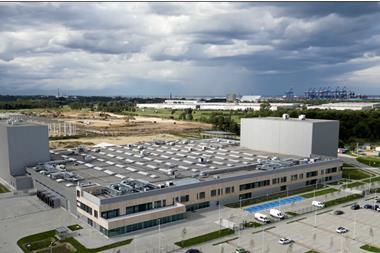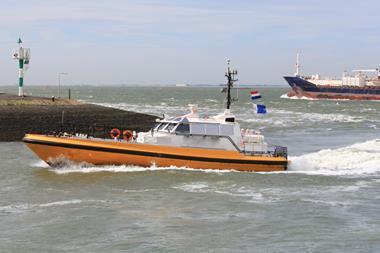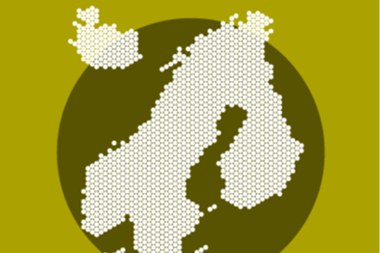DENMARK - Danske Bank is considering selling its pensions unit Danica Pension, as the group continues a strategic review of its business in the wake of the financial crisis and management changes.
Eivind Kolding, chief executive at the Nordic banking group, told Danish financial daily Børsen: "Even though there are clear synergies in Danica and Danske Bank being in the same group, we are looking at a possible sale of Danica."
The bank said in its interim report it expected its programme to cut costs and reduce its headcount by around 2,000 to be completed by the end of this year.
A spokesman at Danske Bank confirmed Kolding's comments to Børsen.
Separately, Kolding said: "Danske Bank is in the process of a comprehensive strategy review, and that normally includes addressing the question of the size of the group's activities.
"We are doing this as well, and, as we have said before, there are no sacred cows."
Danica was a valuable and well-run company with good synergies with the bank, Kolding said, adding: "This has not changed."
With total assets of DKK317bn (€42.6bn) at the end of June 2012, Danica Pension is Denmark's second biggest non-statutory pensions institution, second to PFA Pension, which had DKK325bn at the end of 2011.
Earlier this week, Danica reported that it had doubled its profit in the first half of this year, on the back of stronger investment returns, lower costs and an accounting effect.
Profit rose to DKK930m (€125m) before tax in the first half from DKK405m in the same period the year before, according to its interim report.
Per Klitgaard, managing director at Danica, said: "We have had a good first half. We have produced a return of DKK11.6bn for our customers, and that return is one of the best in the market."
The return compares with the DKK1.5bn reported in the same period last year.
Danica Pension said the increase in profit reflected a better investment return, lower costs and the fact that it had been possible to book most of the risk allowance.
At the end of 2011, the company said the technical basis for its risk allowance only let it book one of the four interest rate groups.
The risk allowance for the remaining three interest groups of DKK1.08bn and a loss of DKK33bn had been transferred to the shadow account.
The company's core with-profits product, Danica Traditionel, ended the period with an average 4.8% return, compared with 1.1% in the first half of 2011.
After correcting this to take account of the increase in provisions, the return was 3.6%, up from 2.2%.
Investments in the unit link pension products Danica Balance and Danica Link produced average returns of 5.1%.
To improve returns for the unit pension schemes, Klitgaard said Danica would increase investment in alternatives, property and loans to businesses even more, with total investment in these asset classes rising to around DKK20bn.
"As far as the return is concerned, we expect this to be between 6% and 8% a year for these investments," he said.
Administrative costs had fallen to DKK557m from DKK596m, and were now at their lowest level ever, Danica said.
Total pension contributions stood at DKK12.6bn for the six-month period. Behind this, contributions in Norway rose 44% while in Sweden contributions were 34% lower year-on-year.
Klitgaard said the development in Sweden should be seen in the light of strong growth the year before and new legislation affecting the Swedish market.
In the home market of Denmark, contributions fell DKK0.5bn from the same period a year earlier.
"That should be seen in the light of strong growth of DKK1.2bn in 2012, partly due to the addition of a number of larger companies," Klitgård said.
Danica's total assets increased to DKK317bn at the end of June from DKK294bn in June 2011.












No comments yet